- News
- Reviews
- Bikes
- Components
- Bar tape & grips
- Bottom brackets
- Brake & gear cables
- Brake & STI levers
- Brake pads & spares
- Brakes
- Cassettes & freewheels
- Chains
- Chainsets & chainrings
- Derailleurs - front
- Derailleurs - rear
- Forks
- Gear levers & shifters
- Groupsets
- Handlebars & extensions
- Headsets
- Hubs
- Inner tubes
- Pedals
- Quick releases & skewers
- Saddles
- Seatposts
- Stems
- Wheels
- Tyres
- Tubeless valves
- Accessories
- Accessories - misc
- Computer mounts
- Bags
- Bar ends
- Bike bags & cases
- Bottle cages
- Bottles
- Cameras
- Car racks
- Child seats
- Computers
- Glasses
- GPS units
- Helmets
- Lights - front
- Lights - rear
- Lights - sets
- Locks
- Mirrors
- Mudguards
- Racks
- Pumps & CO2 inflators
- Puncture kits
- Reflectives
- Smart watches
- Stands and racks
- Trailers
- Clothing
- Health, fitness and nutrition
- Tools and workshop
- Miscellaneous
- Buyers Guides
- Features
- Forum
- Recommends
- Podcast
BUYER'S GUIDE
 Beginner's guide to cyclocross Oct 2021
Beginner's guide to cyclocross Oct 2021Beginner's guide to cyclocross - get muddy, get fit (and get a new bike)
Welcome to the road.cc beginner's guide to cyclocross. Read on for our top tips on what it is, where to do it and what kind of bike and kit you'll need to get started.
Cyclocross is fun involving varying degrees of mud and pain. It can look a bit daunting if you've never tried it, but once you give it a go you'll be hooked. Cyclocross is a great way to hone your riding skills and keep fit over the winter and it's a brilliant excuse to treat yourself to a new bike. Here's our guide to getting started, focusing on the basic kit you'll need and what to do with it.
First things first, what exactly is cyclocross? It’s riding off-road on a modified road bike with knobbly tyres, lower gear ratios and mud clearance for tackling a variety of terrain. And mud. Lots of mud.
It’s long been the preserve of road cyclists spicing up their winter training, and in Europe it's also a huge sport in its own right, with massively attended races, latterly it's also been getting increasingly popular in the US and the scene in the UK is booming.
Cyclocross bikes though are even more popular than the sport itself and indeed the pure cross race bike has spawned a whole family of cross-type bikes from everything from the race to work, to long haul adventure riding, to simply messing about in woods, towpaths and trails all with a greater or lesser amount of race DNA in their genes. That's because many of the attributes that make a bike so good for riding around a muddy field or through the woods are also ideal for so many other things too - like commuting.
And if you've got a bike with knobbly tyres, even if its for riding to work, it'd be a waste not to play in the mud at the weekends - whether you want to race or not. That's why over the last few years we've seen a mushrooming of cyclocross sportives and a big rise in the numbers of riders messing about in the woods on bike with dropped bars.
A guide to cyclocross bikes and kit
Cyclocross bikes are loosely based on road bikes; they certainly look very similar. There are numerous differences though, chief of which are the knobbly tyres and increased clearance between the tyres and frame. This extra clearance means either cantilever or disc brakes are necessary. The geometry is tailored for riding off-road, with a higher bottom bracket and usually a slightly more relaxed head angle the key changes.
Fully fledged cyclocross racing bikes are built for the purpose of going fast, and being light, so shun unnecessary things like bottle mounts, certainly no mudguard or rack mounts.
While race bikes have a very focused set-up, there’s a wide range of cyclocross bikes with added versatility, that makes them useful for so much more than just racing. Rack and mudguard mounts mean you could use it for commuting, where the bigger volume tyres are great at tackling rough potholed roads, and for throwing in some off-road action on your way home to inject some fun into your commute.
If you’re buying your first cyclocross bike, and want to dabble in racing, but need to justify the purchase, then using it for commuting is a certainly an attractive, and popular, way of doing so. Stick some fat slicks or lightly treaded tyres on and it won’t be much slower than a road bike.
They make an interesting option for a winter bike, a bike dedicated to riding through the worst weather and saving the wear and tear on your Sunday best bike. The gearing is a bit lower yes, but unless you're hammering along you should be fine. Some bikes come with compact chainsets so they're better suited to pure road riding.
Gearing and materials
The gearing is lower on a cyclocross bike, as the speeds involved are a lot slower than on the road. Chainsets with 46/36 chainrings are fairly common, though you can tailor this to suit the course or your fitness level. If you live somewhere hilly, a lower ratio chainset will be a good choice. A wide range cassette like an 11-32 will give you plenty of gears for coping with steep hills, handy if you have ambitions beyond the limited terrain of a cyclocross race.
It's increasingly common to see transmissions with single chainrings for simplicity, combined with very wide cassettes like 11-36. That's an idea that crossed over from mountain biking, where single-ring gearing, known as 1X, is standard. Without a front derailleur you've one less thing to worry about in the heat of battle, and it's slightly lighter too.
One thing most cyclocross bikes have in common is the cables being routed inside the frame or along the top tube. This is to keep the gear cables out of mud's way, so your gears keep on shifting even when you’re riding through deep mud. Other differences you can expect is a curved underside downtube to placing the bike on your shoulder is a little less uncomfortable.
Cyclocross bikes can be made from the same materials as road bikes, so that’s steel, alloy, titanium and carbon, it’s just a question of how deep your wallet is. The best options for value for money if you’re starting out is an alloy bike, there’s certainly more choice in this material.
Tyres
Don't ever get a serious cyclocross racer started on tyres, you'll never hear the end of it. For racing, the UCI stipulates a maximum width of 33mm, but tyres are available much wider, up to 38mm and even 45mm. There's a huge choice, and many tyres are designed for very specific terrain and conditions, from dry hard trails to wet and loose. Plenty are designed to work well as all-round tyres though. If your riding is leaning more towards road, then a semi-slick tyre with a lightly treaded carcass is a good choice. Fat tyres are great on the road, they're comfortable as they absorb a lot of the vibrations, and they're much less likely to puncture.
Serious racers are wedded to tubular tyres. These have tyre and tube in a single unit, glued to the rim. That saves weight, and tubulars can be used at very low pressures because they're less likely to sustain impact punctures. Here's Jo Burt waxing rhapsodic about the advantages of tubulars for racing cyclocross.
At the other end of the spectrum clincher tyres are the norm, though tubeless cyclocross tyres are common too for their ability to run at low pressures and resist impact punctures.
The right pressure will depend on the course and the conditions. To gain extra traction on slippery terrain, tree roots and rocks and the like, a lower pressure will give an increase contact patch size, and allow the tyre to conform to the trail.
For racing you want between 15 and 25psi, the best advice is to practise the course before the racing starting with 30psi, and lower as you see fit until you reach a satisfactory pressure that works on the terrain. If you're riding on the road and possibly adding some off-road trails into the mix, than go for about 40-50psi, but again you want to tailor it to your riding.
Brakes
Disc brakes were first allowed on on drop-bar race bikes in cyclocross racing, and cycling's governing body, the UCI caught everyone by surprise when it changed the rules. Since then discs have taken over from the previously-dominant cantilever brakes.
It took a while for disc brakes to become widely adopted by the pros, not least because the UCI's announcement caught bike sponsors on the hop with no disc-braked bikes suitable for World Cup level racing. That's changed in the last few years and after Lars van der Haar had the first world cup win on disc brakes the tide began to turn; you now see nothing but discs on pro bikes. Away from racing, many people have leapt at the extra stopping power and low maintenance of disc brakes for many years, and they’re often found on the multipurpose cyclocross bikes at lower prices.
In fact cantilever brakes are now sufficiently rare that we're willing to bet there are relative newcomers to cycling who've never seen one. If that's you, they look like this:
The benefits of disc brakes — low maintenance, consistency of performance in the mud — make them the more attractive choice, and these benefits have been recognised by a huge swathe of non-racing cyclocross enthusiasts.
Versatility
While cyclocross racing is hugely popular, it's the increased choice of cyclocross bikes that are designed with so much more than racing around a muddy field in mind. Disc brakes for one, rack and mudguard mounts, room for large volume tyres, lower gears, general bombproofness and durability, makes them perfectly suited to winter cycling and commuting. And manufacturers have really cottoned onto this trend with drop-bar bikes that blur the lines between cyclocross, road, gravel and touring bikes.
Unless you plan on going very fast, the lower gearing shouldn't hold you back, and the slight extra bulk of the bikes just means increased stability. There's a huge choice of tyres, a lightly treaded large volume number will be pretty nippy and its size will provide more cushioning than a 25mm road slick. They will also be more puncture resistant too.
Many manufacturers are blurring the lines between road and cyclocross, and that's led to the category variously known as gravel or adventure bikes. The Fairlight Cycles Faran 2.0, as an example, has space for 47mm tyres with a steel frame featuring a tall head tube and a sloping top tube for bags of standover clearance. They describe it as being "all about utility and versatility; road plus, commuting, gravel rides, audax, randonneuring with a small front rack, or touring with front panniers", which is sounds like the riding more and more of us are doing as UK roads get beaten to death by the weather and even formerly-quiet B-roads fill up with weekend garden centre traffic.
The big difference between these bikes and old-fashioned touring bikes is that using them on dirt roads and even easier trails is baked into the design.
>>Read more: Cyclocross bikes v gravel/adventure bikes: what's the difference?
Shoes and pedals
Apart from the bike, you don’t need any specialist equipment to go cyclocross riding. One key difference however is in the choice of pedals. Most cyclocross riders won’t use their road pedals and shoes, instead borrowing clipless pedals and shoes from the mountain bike world.
You could of course use flat pedals and trainers if you’re just starting out. Mountain bike clipless pedals are double sided so it’s easier to clip in, and they don’t get fouled up by mud that easily.
The shoes have a treaded sole that provides grip when the inevitable dismount comes and you have to push your bike up a muddy bank. Try that in your slick carbon road shoes and you won’t get far. When it gets muddy (and really, what's cyclocross without mud?) you can screw studs like the ones used in football boots into the front of the sole for extra grip.
Washing away the mud
Riding any bike off-road at this time of year will undoubtedly leave it fairly covered in mud, so you’re going to need to wash your bike fairly regularly. A hosepipe or jet wash (though some don’t advocate the use of a jet wash as it can force water into bearings) and a good area to wash the bike is essential.
Once you’ve got the worst of the mud off, you want to attack the remaining mud with your cleaning product of choice and a good stiff brush, make sure to get all the mud out from the transmission and the brakes. Once you’ve got your bike shining again, it’s important to lube the chain, so it doesn’t rust and keeps running smoothly ready for your next ride.
All the gear now some ideas… of what do to with it
So, that's the cyclocross kit sorted now what do you do with it?
Most obviously there’s the regular racing scene right across the country, so if you’re a competitive sort you can get your fill of adrenaline right through the winter. We’ve got the complete guide to cyclocross racing right here if you want to know your hurdles from your sandpits, and we've expert advice from Paul Oldham.
Riding a cyclocross bike off-road is good fun, plain and simple. Sliding and drifting through the leaves and around slippery tree roots is guaranteed to have you smiling and laughing all the way to the hot bath waiting for you at the end of the ride. As well as being lots of fun, cyclocross also works your upper body and arm strength a lot more than sitting on the road bike for five hours.
It’s fantastic for your bike handling skills. There’s nothing like controlling a cyclocross bike slithering through the mud, oversteering and tank-slapping through corners, to hone your riding skills on a bike. It’s all transferrable to the road bike as well, because cyclocross teaches you to relax and not let a bit of sideways slide scare you.
Riding and training on a cyclocross bike can be ideal when the weather and road conditions are less than favourable. An hour or two blatting around the local woods with a few bridleways and other trails thrown into the mix will be a cracking workout, and for some is preferable to endless hours of steady riding on the road bike in steady rain, or even turbo torture.
Getting away from the traffic on the roads and heading into the countryside and following a muddy path through the fields is another clear benefit. Of course it helps if you don’t mind getting muddy, because you most certainly will. A good Ordnance Survey map (or this brilliant map showing bridleways) is a good place to start plotting a route.
This sense of adventure has been spotted by event organisers, with cyclocross sportives increasingly popular. The long-running Hell of the North Cotswolds aka HONC is a good example of a long-distance event, which they themselves describe as an off-road cycling reliability trial. The Kinesis Hell of the West is another one.
And don't mention gravel racing. Oh, I just did didn't I. It's hugely popular in the US, where there are many loosely organised long distance races on gravel roads, and many compete on cyclocross bikes. We don't have the same huge network of gravel tracks in this country, but there are a fair few, if you want to tap into the spirit of the gravel racing scene.
About road.cc Buyer's Guides
The aim of road.cc buyer's guides is to give you the most, authoritative, objective and up-to-date buying advice. We continuously update and republish our guides, checking prices, availability and looking for the best deals.
Our guides include links to websites where you can buy the featured products. Like most sites we make a small amount of money if you buy something after clicking on one of those links. We want you to be happy with what you buy, so we only include a product if we think it's one of the best of its kind.
As far as possible that means recommending equipment that we have actually reviewed, but we also include products that are popular, highly-regarded benchmarks in their categories.
Here's some more information on how road.cc makes money.
You can also find further guides on our sister sites off.road.cc and ebiketips.
road.cc buyer's guides are maintained by the road.cc tech team. Email us with comments, corrections or queries.
David worked on the road.cc tech team from 2012-2020. Previously he was editor of Bikemagic.com and before that staff writer at RCUK. He's a seasoned cyclist of all disciplines, from road to mountain biking, touring to cyclo-cross, he only wishes he had time to ride them all. He's mildly competitive, though he'll never admit it, and is a frequent road racer but is too lazy to do really well. He currently resides in the Cotswolds, and you can now find him over on his own YouTube channel David Arthur - Just Ride Bikes.
Latest Comments
- bikeman01 42 min 47 sec ago
Why do you think it was filmed by his dad? The article doesnt say that.
- ridein 1 hour 55 min ago
I wonder if you could use a Northwave shoe (w/Speedplay drilling) on the Ekoi pedal. Possibly using one Look pattern cleat hole and two Speedplay...
- Surreyrider 3 hours 38 min ago
I've worked in local government before and some really don't need any training for that - they're already masters!
- Rendel Harris 7 hours 35 min ago
They have here: results at 14.40. The aero bike was roughly fifteen seconds faster than a climbing bike on a descent of around 6 km, so about 3km/h...
- wtjs 7 hours 49 min ago
As I've also placed here the nutter Audi and white van drivers, I've decided to give those no-nonsense keep-the-country-moving BMW drivers a list...
- polainm 8 hours 52 min ago
100% this. Policing mentality is formed by social 'norms', and the cyclist witchhunting across social media is the UK norm. Close passing a person...
- David9694 10 hours 17 min ago
That's a clear 2 points awarded there, but I guess as there's now a 25% tariff you'll only get 1.5
- mark1a 10 hours 28 min ago
Fawkes Cycles is only local if you live near Oldham. That's nearly 300 miles away from me. Also, any retailer that doesn't participate in an...
- David9694 10 hours 30 min ago
Openreach under fire over delays to Amesbury cabinet repairs...
- Destroyer666 18 hours 28 min ago
Anodizing the aluminium is also for corrosion resistance and therefore enhances the longevity of the rims while this is not really a case for...
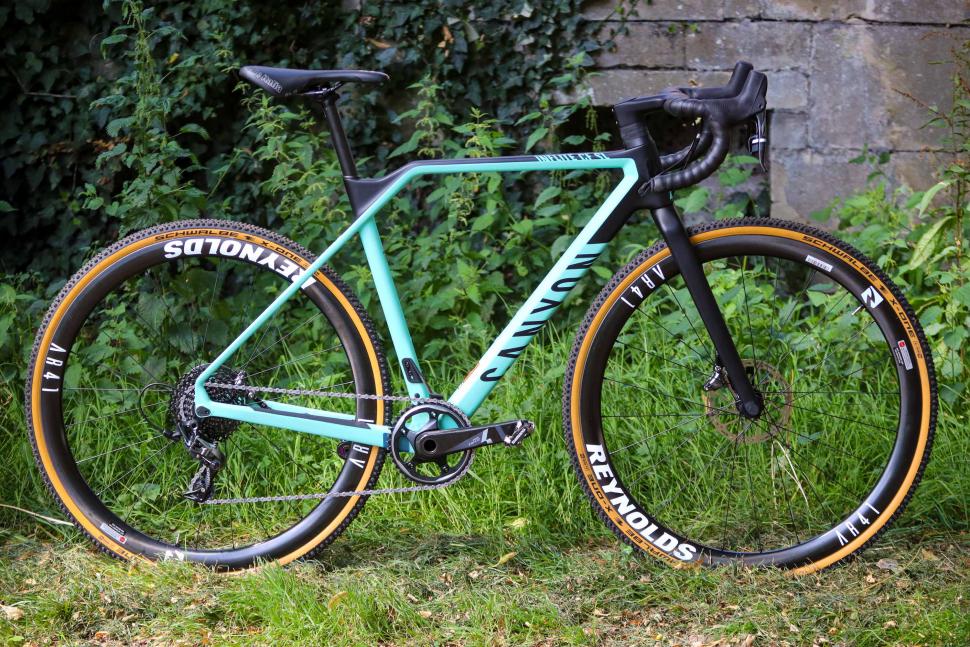
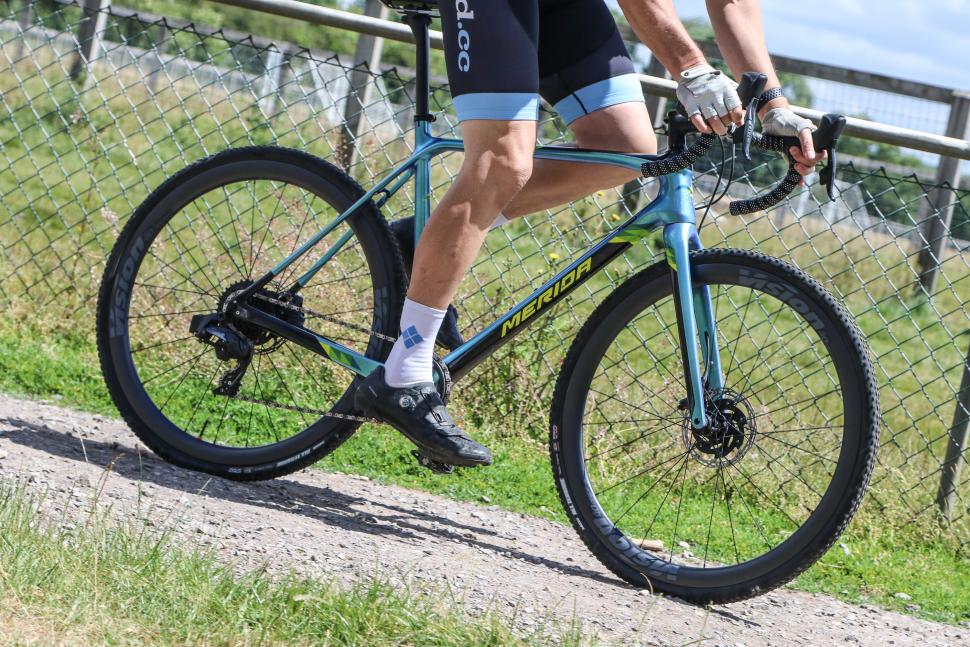




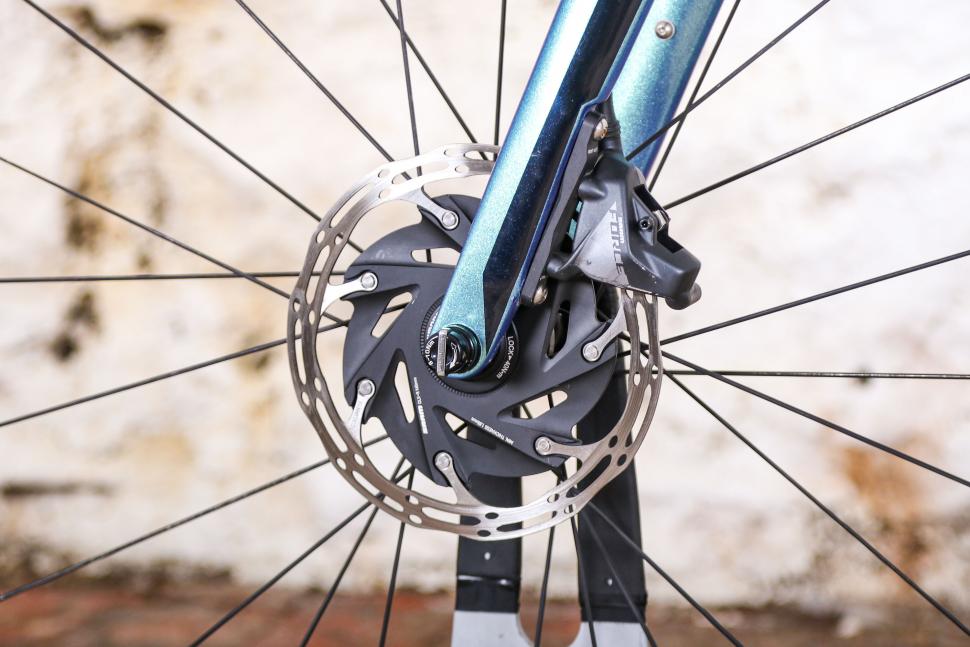
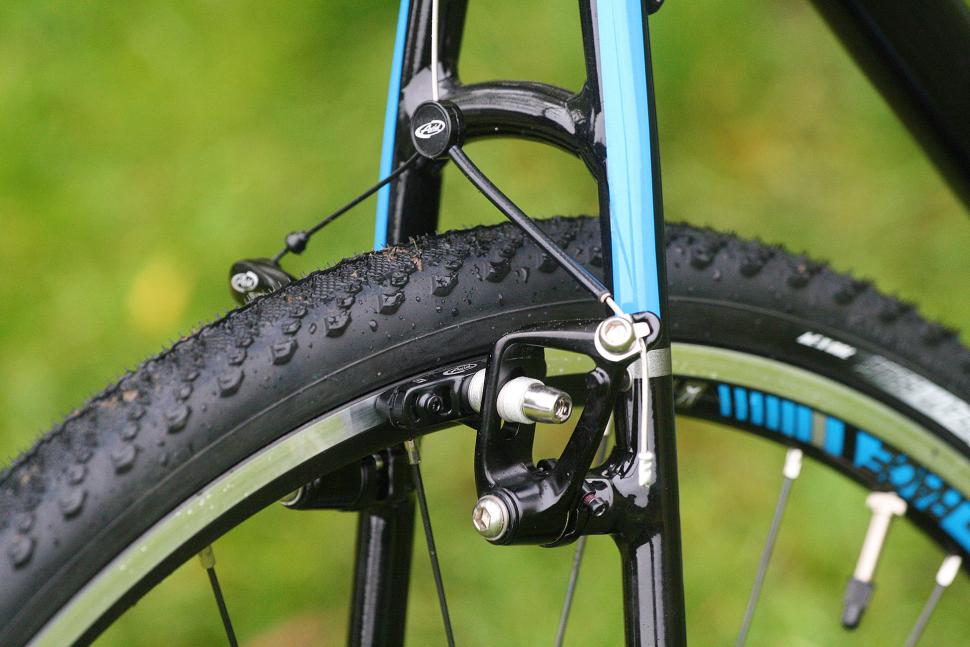
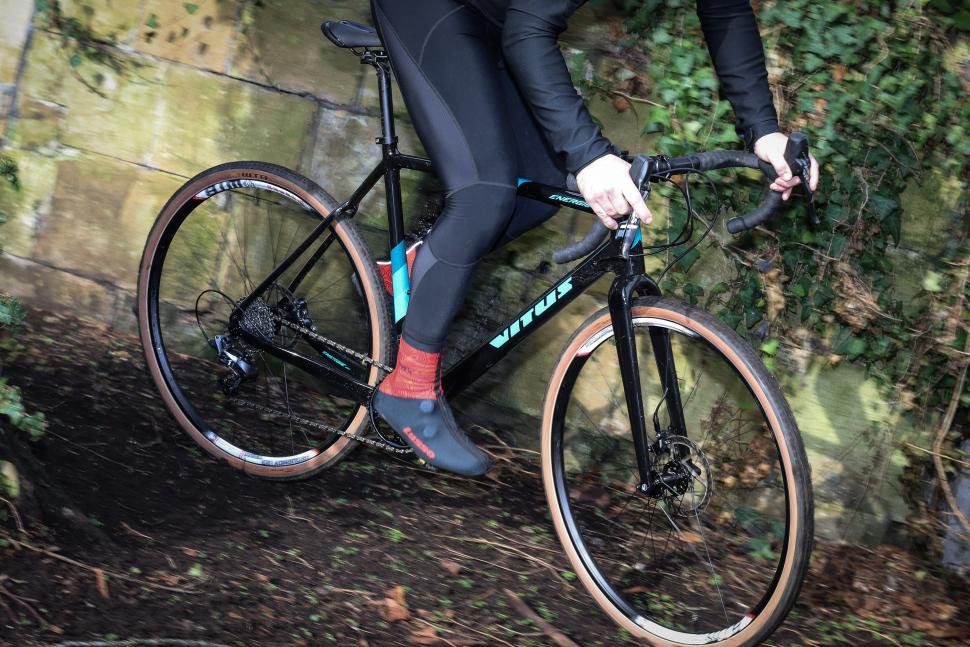
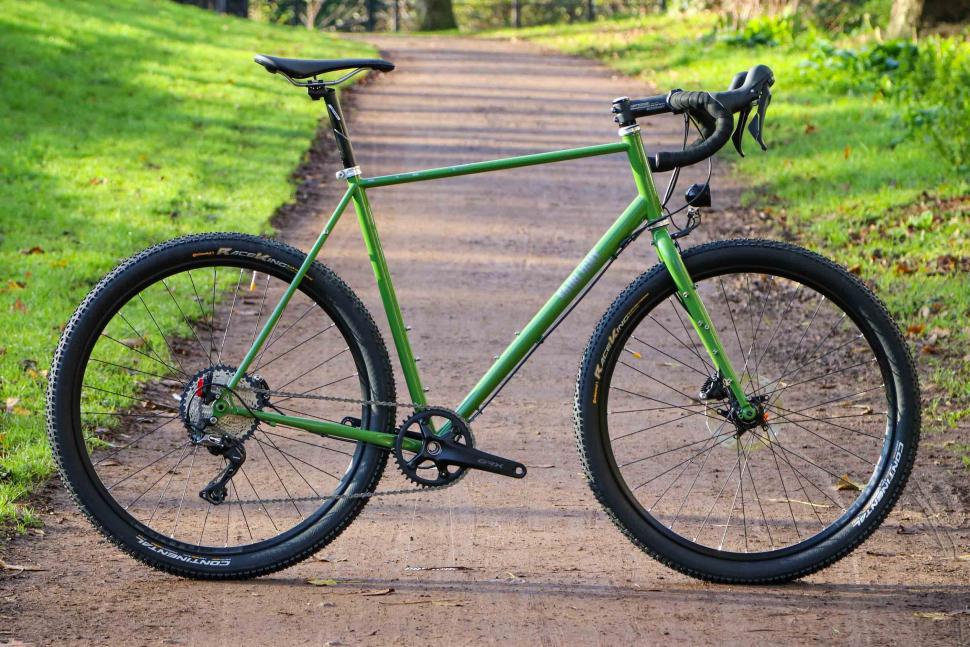

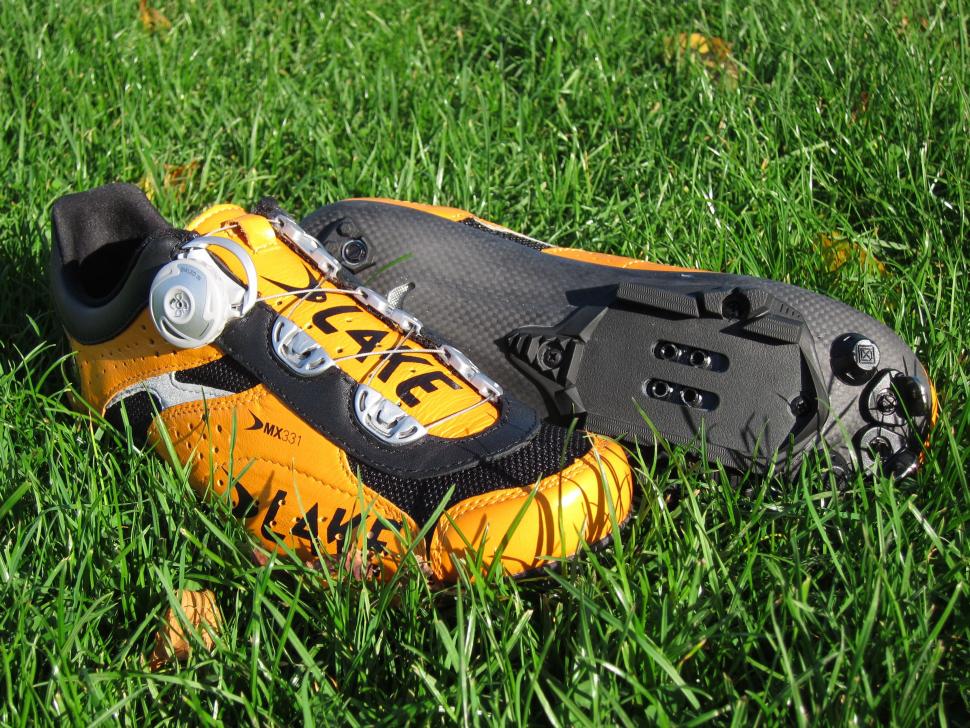

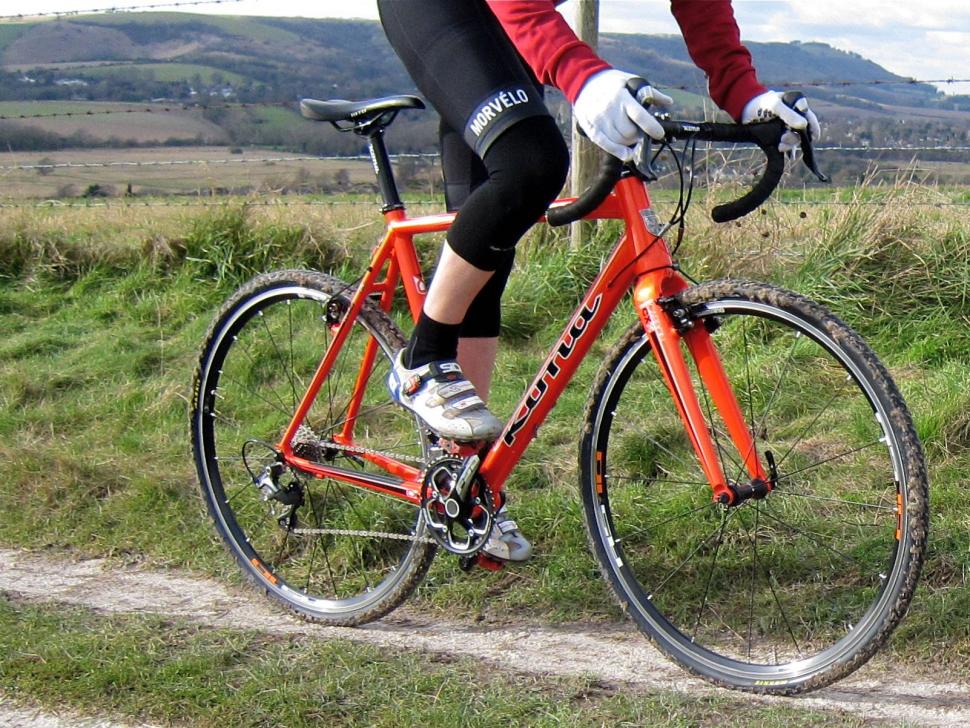
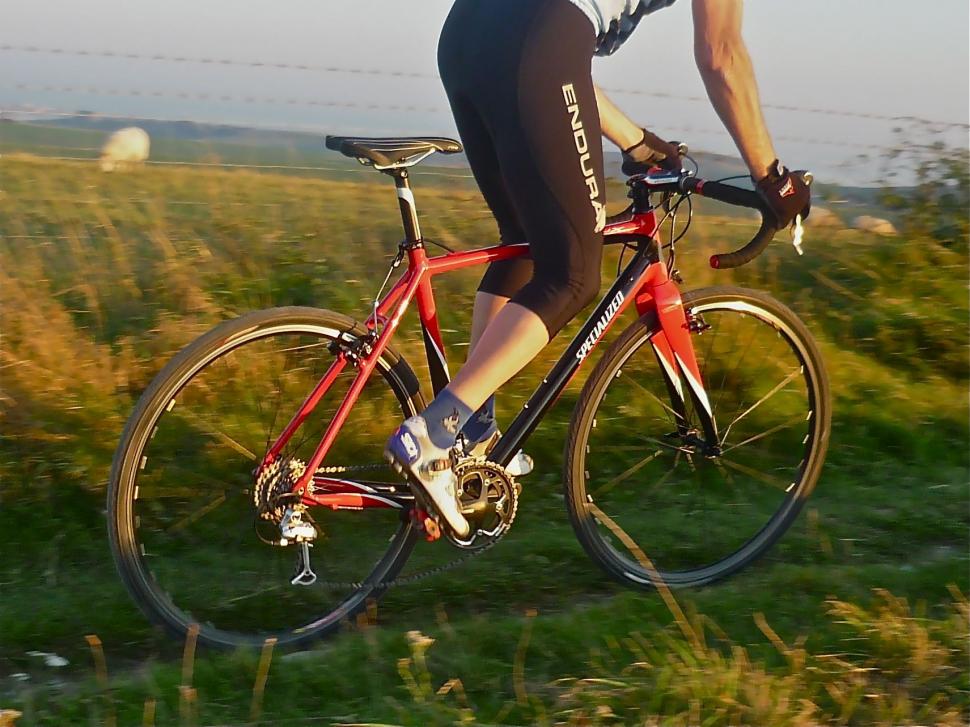
Add new comment
5 comments
No less fair than the ludicrous habit of swapping bikes mid TT course in the grand tours.
Slight inaccuracy. The single ring isn't coming from MTB. Single ring on a CX bike was common, although not universal , in the 80's. Depends on where you race.
Nowt unfair about 2 bikes.Part of how it is done.
you have two bikes so that one can be fixed, or just cleaned up if you're on a particularly muddy clay course, whilst you ride the other. a clean bike is a faster bike. Seems a bit unfair doesn't it?
What's with the whole "2 bikes" thing in CX?
I love my little cross bike. I originally bought it as a commuter but now end doing the most miles on it every year.